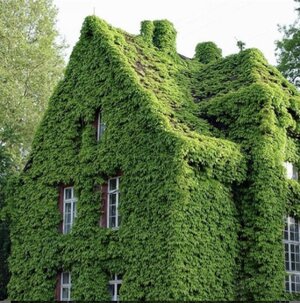Over the years I haver used various woods (cedar, oak, black cherry) in building a canoe and furniture. Over the past 3 years I have built 2 1:60 Bluenose models. The wood supplied with these kits have been basswood but several months ago I started a 1:60 Bounty kit by Amati. Most of the word supplied is walnut. When working with the Bluenose kits I had no problems with skin sensitivity but when I started cutting and sanding the walnut of the Bounty kit I developed a skin rash. At first I thought I had developed an allergy to soap or synthetic fibres in clothing. I took the usual actions - changing soap, doing an extra rinses when washing clothes, eliminating my favourite food (chocolate!!). Nothing helped. I eventually applied non Rx cortisone cream which reduced to itch but I cannot use it in the log term. One reason I blame my rash on walnut dust is my rash is just on my hands, arms, and front of my thighs where dust did collect when I was seated. Researching online I found a number of sites about sensitivities to wood dust, walnut in particular. I have stopped working on the Bounty for a few days now and will see what happens with the rash. If there is no improvement I will be off to see the family physician. I am at the point where I am tapering the mast yard arms, etc.. I may just have to use another wood for these components. Sorry for taking up space but I thought someone else may have experienced the same problem.
Cheers, Bill
Cheers, Bill







